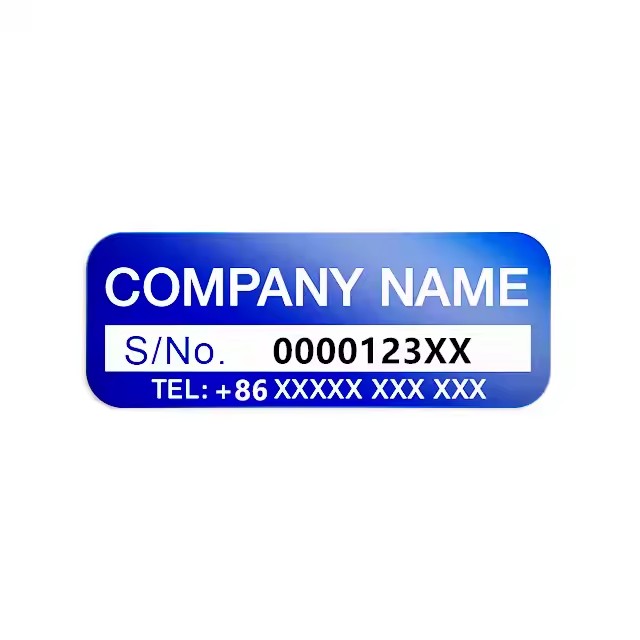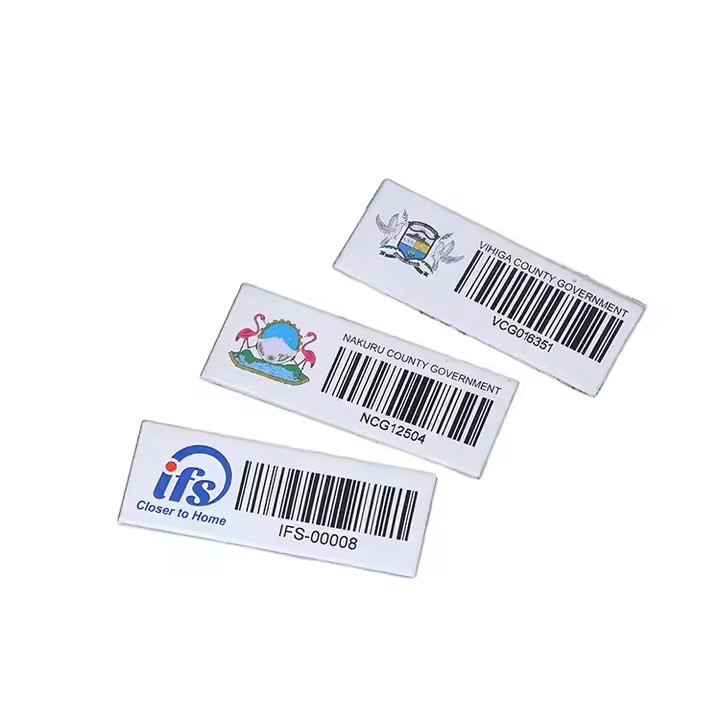Design and Application of Metal Labels in Home Appliances

Identification Solutions of Metal Labels for Machinery
14/08/2025
What Are the Common Types of Metal Name Plates?
28/08/2025Design and Application of Metal Labels in Home Appliances
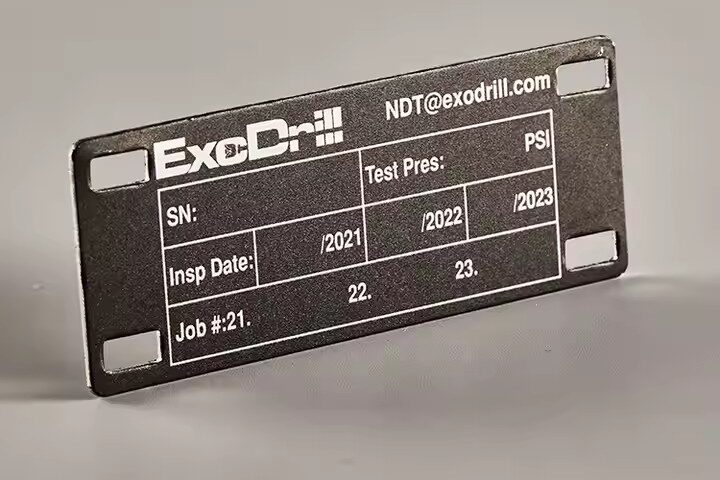
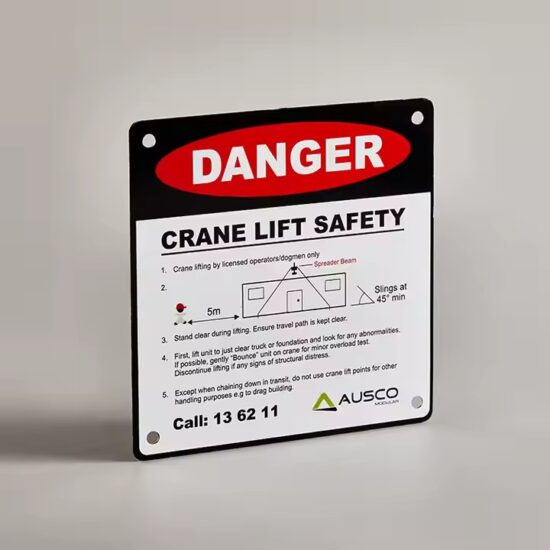
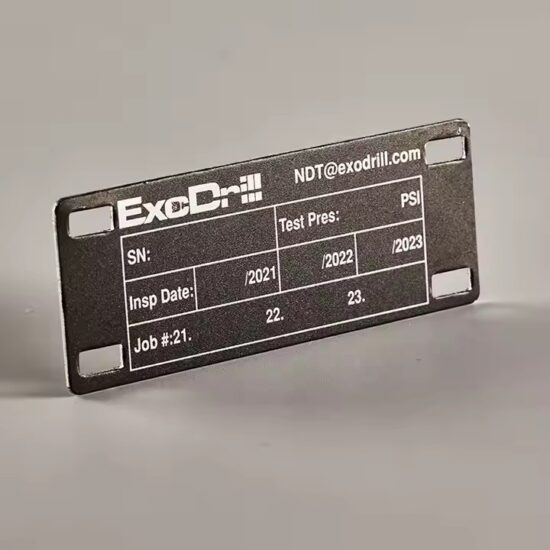
Design and Application of Metal Labels in Home Appliances
In today’s competitive home appliance market, visual appeal and product durability are key factors in consumer decision-making. While performance and innovation remain central, the external details—such as labeling—play a surprisingly powerful role in shaping brand perception and user experience.
Metal labels are widely used in home appliances not only for their aesthetic and tactile appeal but also for their long-lasting durability and functional value. Let’s explore how they’re designed and where they’re applied in modern home appliances.
1. Why Use Metal Labels in Home Appliances?
Metal labels provide several advantages over plastic or printed alternatives:
-
✅ Durability – Resistant to heat, moisture, and abrasion
-
✅ Premium Look & Feel – Adds a touch of elegance and sophistication
-
✅ Legibility – Clear and lasting text/icons, even after years of use
-
✅ Brand Recognition – Communicates a brand’s quality and craftsmanship
-
✅ Compliance – Useful for certification marks and safety warnings
🟢 Bonus: Metal labels also offer tactile feedback, which enhances perceived product quality.
2. Common Design Features of Appliance Metal Labels
A well-designed metal label complements the appliance’s design while serving functional purposes. Common elements include:
-
Embossed or debossed logos
-
Laser-engraved serial numbers and safety icons
-
Etched control instructions (e.g., on stoves or ovens)
-
High-contrast color-filled etching
-
Brushed, matte, or mirror finishes
🟢 Material Choices:
-
Stainless Steel – Ideal for high-temperature or kitchen appliances
-
Anodized Aluminum – Lightweight and corrosion-resistant
-
Nickel Silver – Decorative appeal for luxury items
3. Applications in Different Types of Home Appliances
Metal labels can be found across various types of appliances, both as decorative nameplates and functional indicators.
✅ Kitchen Appliances
-
Ovens, cooktops: Heat-resistant labels for controls and branding
-
Refrigerators: Logo badges, serial plates, and energy labels
-
Dishwashers: Waterproof and chemical-resistant safety labels
✅ Laundry Appliances
-
Washing machines & dryers: Metal control panels, branding, service tags
✅ Air Conditioning & HVAC Units
-
Exterior rating plates, safety warnings, and serial number labels
✅ Small Appliances
-
Toasters, coffee machines, blenders: Compact metal tags with etched logos
4. Attachment Methods for Appliance Labels
The method of attachment depends on the surface material and the appliance’s exposure conditions:
-
Adhesive backing (3M or industrial-grade) – For smooth, indoor surfaces
-
Mechanical fasteners (screws/rivets) – For larger or exterior plates
-
Snap-fit frames – For removable or serviceable components
🟢 Tip: Adhesive labels should be applied only after surface cleaning to ensure long-term bonding.
5. Trends in Appliance Label Design
Modern home appliance labels increasingly reflect minimalist design and smart technology integration. Notable trends include:
-
🟦 Smart label integration – QR codes or NFC tags for manuals and registration
-
🟦 Black anodized aluminum – Popular for sleek, modern designs
-
🟦 Eco-friendly finishes – Low-VOC coatings and recyclable materials
-
🟦 LED backlit metal labels – On high-end appliances for visual feedback
6. Branding and Compliance Benefits
Metal labels are crucial in helping appliance brands:
-
✅ Build a recognizable and consistent identity across product lines
-
✅ Ensure product traceability with serial and model numbers
-
✅ Display safety certifications (UL, CE, FCC) and energy compliance info
-
✅ Communicate warranty or service instructions
🟢 Example: A laser-engraved stainless steel label on a high-end oven not only marks the brand but ensures the serial number remains readable for years, supporting warranty service and authenticity.
🏁 Conclusion
Metal labels bring both aesthetic and functional value to home appliances. Their durability, elegant appearance, and capacity for high-detail marking make them an essential element in modern appliance design and branding.
Whether you’re an appliance manufacturer or a design engineer, investing in high-quality metal labels enhances user trust, brand image, and long-term usability.
💡 Pro Tip: Collaborate with a professional metal label manufacturer to match your design, material, and regulatory requirements for your appliance line.

